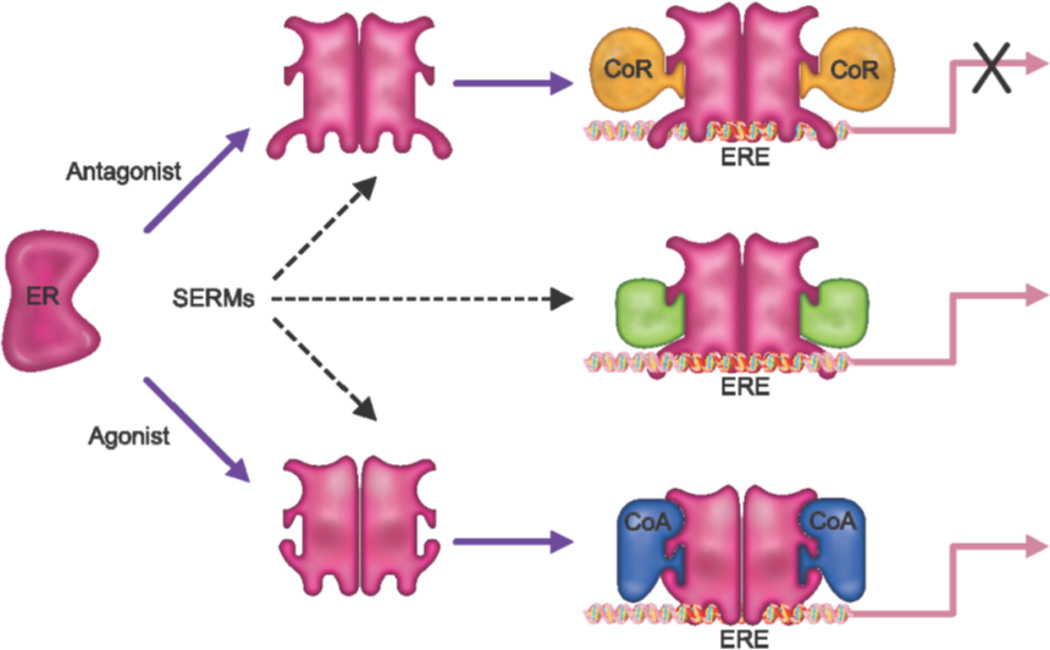Figure 1. Estrogen receptor (ER) pharmacology.
Until relatively recently it was considered that the role of an ER-agonist was that of a “switch” which upon binding converted the receptor into an active state. Antagonists, on the other hand were believed to function by competitively inhibiting agonist binding thus freezing the receptor in an inactive state. However, it is now known that the overall conformation of ER is determined by the ligand to which it is bound, which in turn impacts the ability of the receptor to engage functionally different coregulators. Pure agonists enable the interaction of the receptor with coactivators (CoA), while antagonists allow the receptor to interact with only corepressors (CoR). Selective estrogen receptor modulators (SERMs) permit the bound ERs to interact with different subsets of coactivators and corepressors, determined by the overall receptor conformation associated with a given SERM, thereby permitting these drugs to elicit different activities in different tissues. Thus, the cellular response to an ER-agonist complex will be primarily determined by the relative expression level and activity of functionally distinct coregulators in different target tissues.

